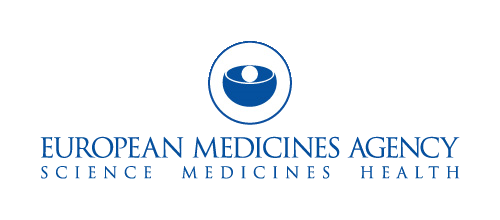Text
A minimum type size of 9 points, not narrowed, with a space between lines of at least 3 mm.
Use different text sizes to enable key information to stand out and to facilitate navigation.
Use larger type size where a medicinal product is especially intended for visual impairment.
The widespread use of capitals should not be used; however, capitals may be useful for emphasis.
Do not use italics and underlining. Italics may be considered when using Latin terms.
Justified text should not be used.
The margin between the columns should be large enough to adequately separate the text.
Formatting
Background images should not be placed behind the text since they may interfere with the clarity of the information.
If space is limited a vertical line to separate the text may be used.
The space between lines should be at least 1.5 times the space between words on a line.
Related information should be kept together from one column to the next.
A landscape layout is preferred because it can be helpful to patients.
There should be a clear demarcation between the different languages used.
Bold type face or a different color for the heading may help make this information stand out.
The spacing above and below the headings should be consistently applied throughout.
Same level headings should appear consistently to aid the reader.
More than two levels of headings may make it difficult for readers to navigate the leaflet.
Where complex information is communicated multiple levels of headings may be needed.
Using lines to separate the different sections within the text can also be helpful.
Language
Use simple words of few syllables.
Long sentences should not be used.
Use bullet points instead of long paragraphs
When writing, an active style should be used, instead of passive.
When telling patients what action to take, reasons should be provided.
Use “Your medicine, this medicine, etc.” rather than repeating the name of the product.
Symbols and pictograms should only be used to aid navigation, clarify or highlight certain aspects of the text and should not replace the actual text.
Use simple words of few syllables.



